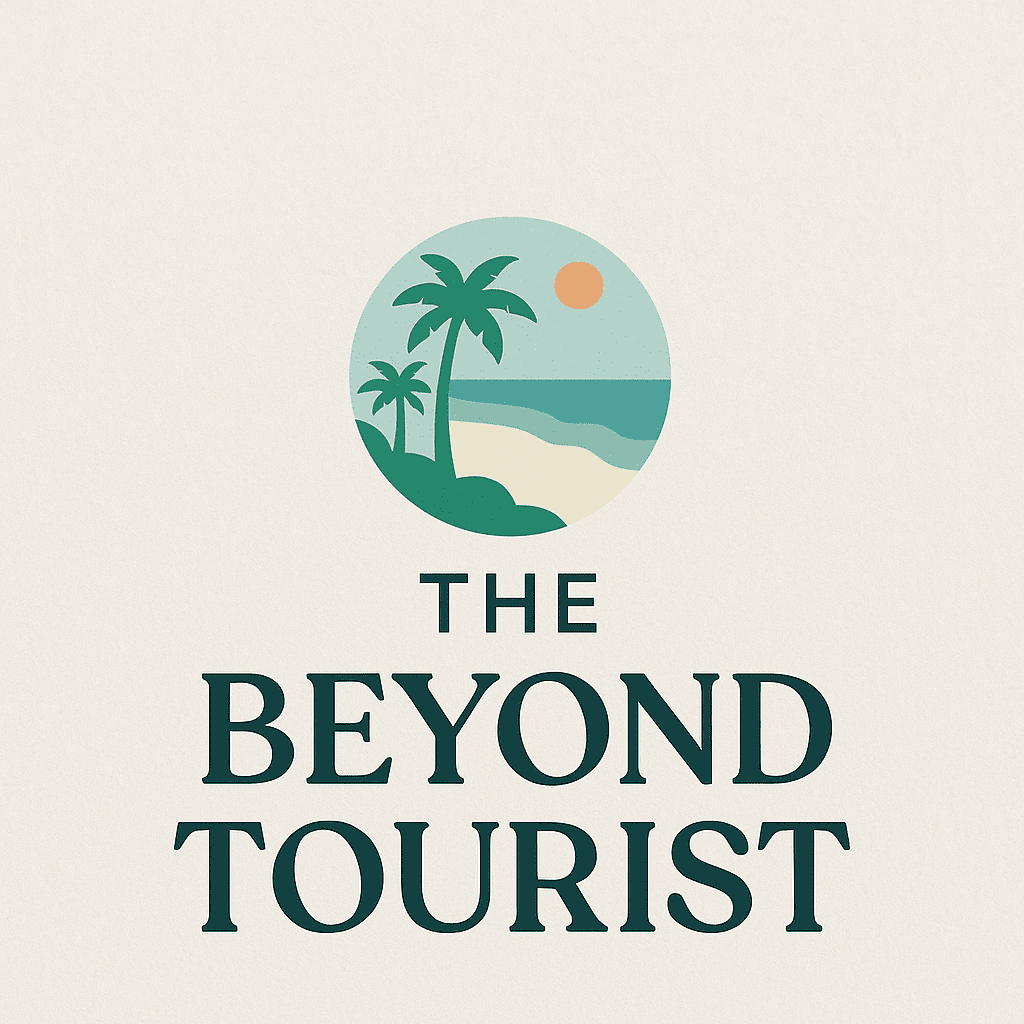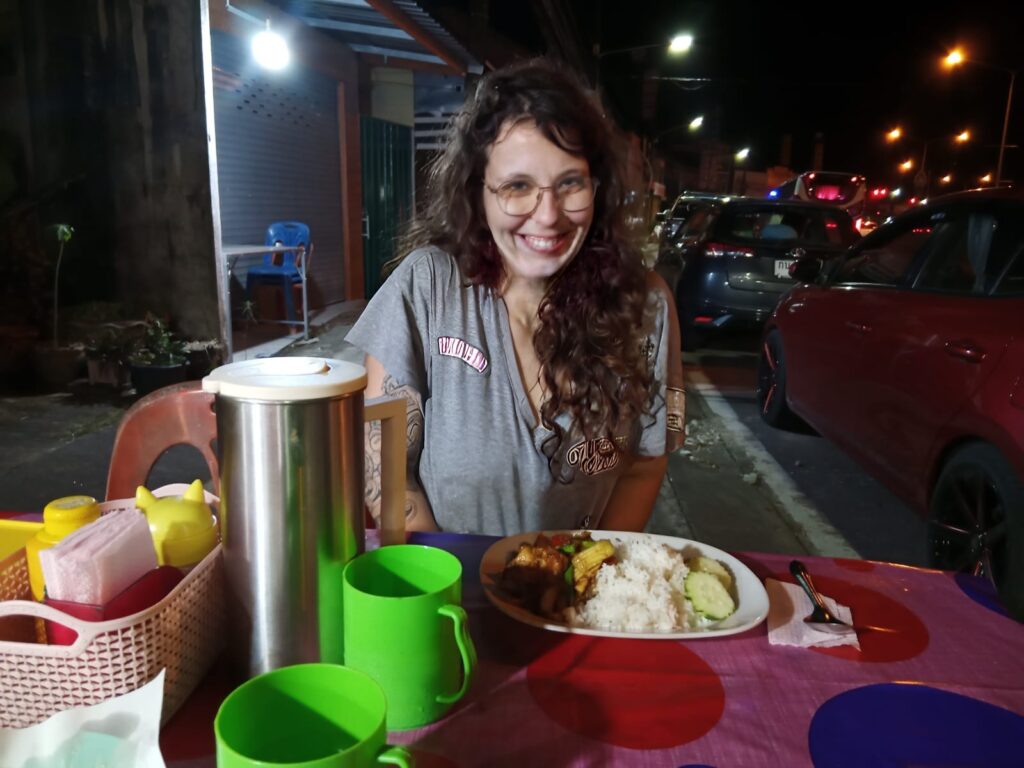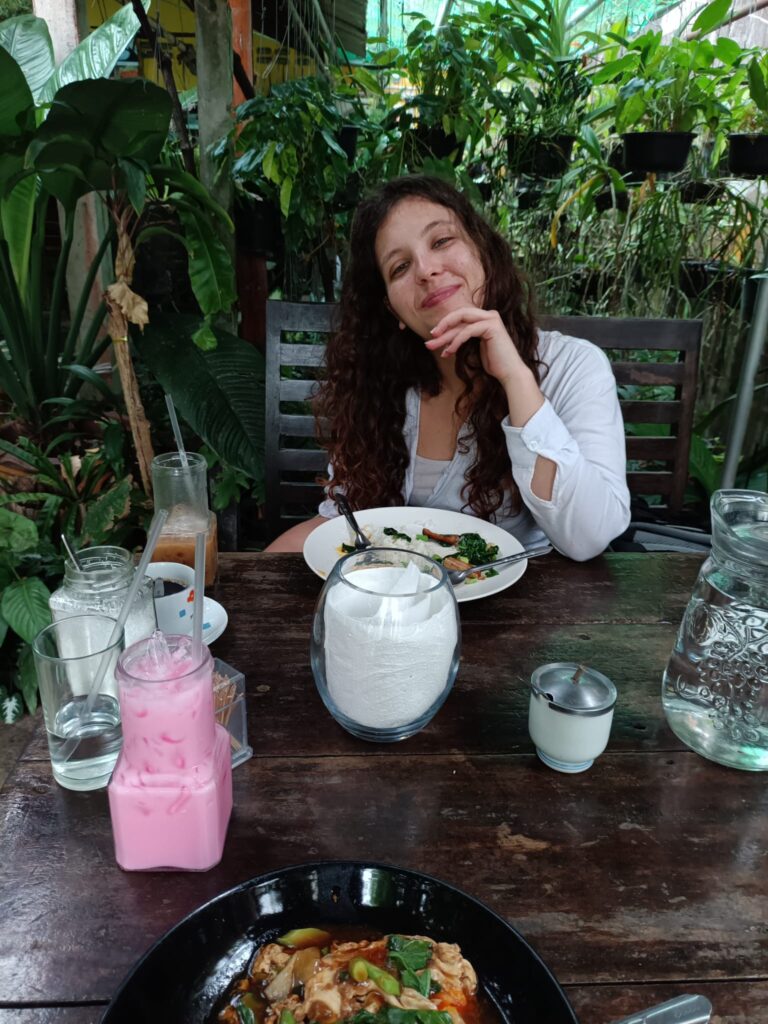Disclaimer: This is nursing know-how, natural medicine training, and my personal experience. It’s about everyday sickness: headache, nausea, sore throat, food poisoning, muscle pain. If your symptoms are heavy or don’t go away → pharmacy or doctor.
Why Mix Natural & Meds?
Being sick isn’t just “pain.” It’s the whole package: fatigue, fever, nausea, headache, a stomach that’s not your friend. I like to start with natural remedies because they support your body instead of just shutting symptoms down. But when it’s too much, I’ll take the meds. It’s not either/or — they can work together.
And no matter where I am, I always ask at the pharmacy: “Do you have a natural medication for this?” You’d be surprised how often they do. For colds, I swear by Sinupret (3x/day). It’s herbal, it works, and it usually gets me back up faster.
Vitamins: The Basics
When you feel run down, your immune system is screaming for fuel. Vitamins help a lot here: Vitamin C for immune boost, Vitamin D and Zinc for defense, and Magnesium for both nerves and muscles. Fresh fruits and veggies are best, but on the road supplements are sometimes the only option. Think of it as giving your body tools to fight back.
Headaches & Migraines
Headaches can sneak up from dehydration, stress, or tension — and migraines are a whole different beast.
Natural tricks first:
Sometimes water is enough; dehydration is more common than we think. Magnesium (300–600 mg/day) relaxes muscles and can prevent tension headaches. A good old espresso can ease pain, and if you add lemon juice, that weird combo actually works for some migraine sufferers. Salt is another helper: bouillon, chips, pretzels — restoring electrolytes often calms a headache. Cooling remedies like peppermint oil on the temples or even smelling lavender oil can take the edge off.
Medication when needed:
For stronger pain: Paracetamol (500–1000 mg every 4–6 hrs, max 4 g/day), Ibuprofen (200–400 mg every 6–8 hrs, max 1200 mg/day OTC), or Aspirin (500–1000 mg, max 3–4 g/day). If nausea joins the party, suppositories are gold: Paracetamol + caffeine suppositories work amazing for migraines.
Sore Throat
Sore throats are small but brutal — it hurts to eat, drink, even talk.
Natural first:
Gargling with saltwater (1 tsp in warm water) clears bacteria and soothes. Thyme tea helps especially with cough and throat pain, while ginger-lemon tea boosts your overall immune response. Don’t overcomplicate it: drink whatever tea you like — the key is staying hydrated. Sweeten with honey, or if vegan, use maple or agave syrup.
For compresses, you can mash warm potatoes into a towel and wrap it around your neck — it draws out swelling and brings soothing warmth. Ginger compresses work too, and if you don’t mind a bit of smell, they bring heat and relief directly to the sore area.
Medication if it’s too much:
Paracetamol or Ibuprofen take down pain and inflammation so you can actually rest.
Stomach Trouble
Cramps, bloating, indigestion — the kind of thing that ruins your mood fast.
Natural first:
Chamomile tea calms both your stomach and your nerves. Peppermint tea relaxes cramps and eases digestion. Fennel tea is the classic for bloating — not just for babies. Heat also works wonders: a warm pack or a potato compress on your belly brings comfort and relaxation. And don’t forget Magnesium — it helps your gut muscles relax too.
Medication:
For stubborn bloating, Simethicone (Espumisan) helps, or antacids like Rennie for too much acid. If this is a regular issue, probiotics might be worth looking into.
Nausea
Few things make you feel as helpless as nausea.
Natural first:
Ginger is your best friend — tea, capsules, or even raw slices if you can handle it. Peppermint tea or even the smell can calm waves of nausea. Tiny sips of water throughout the day are better than forcing big gulps.
Medication:
If it’s really bad: Itinerol is excellent — and in suppository form, it works even if your stomach can’t keep anything down. For motion sickness, Dimenhydrinate (Vomex/Dramamine) works well (50 mg every 4–6 hrs, max 400 mg/day).
Food Poisoning
This one is the worst. Sometimes it’s a dodgy meal, sometimes just spices your gut isn’t used to. And against common belief: sometimes you simply need to let it out. If your body wants to get rid of toxins, don’t block it right away.
Natural first:
Activated charcoal binds toxins and gives relief. Salt is crucial — bouillon, chips, pretzels, anything salty you can keep down. Ginger and peppermint again for nausea.
Medication (only for emergencies):
If you’re about to board a plane or train, Imodium is a lifesaver. Take 2 mg after the first loose stool, then 2 mg after each, max 8 mg/day. But once you’re “safe,” stop — toxins need to leave your body.
What to eat after:
Stick to base foods that are light and gentle: rice, potatoes, crackers, plain toast. Slowly reintroduce vegetables and proteins once your stomach feels calmer.
Cold & Flu Symptoms
Colds can wipe you out — everything feels too much, even drinking. But hydration is key.
The best things:
- Teas. Thyme is great for cough and throat, ginger-lemon for overall immune boost. Honestly, it doesn’t matter which tea — as long as you drink. The longer you let ginger sit, the stronger it gets.
- Soup. Any light broth works. It gives you back salt and strength, and warms from the inside.
- Steam inhalation with salt. Hot water in a bowl, 1 tsp salt, towel over your head, and breathe deeply. This clears sinuses and moistens airways.
- Peppermint. Inside or outside, it cools. Even rubbing it on your skin gives relief.
- Vinegar socks. Soak cotton socks in half vinegar/half water, put them on, and add wool socks over. It smells, but it really helps bring mild fever down.
Medication:
If it’s heavy: Sinupret (3x/day) for sinus support, paracetamol/ibuprofen for fever and aches, and a simple saline nasal spray to keep things open.
Muscle & Joint Pain
From bad posture to sore joints, pain loves to show up at the wrong time.
Natural helpers:
Arnica gel is great for bruises or swelling. Heat packs relax tension. Magnesium supports your muscles and prevents cramps. And yes, potatoes again — warm compresses draw toxins and relax. For inflammation, quark wraps are classics (use dairy-based; vegan quark doesn’t have the same effect). For joints or arthrosis, ginger compresses bring deep heat, whether from powder in hot water or fresh slices warmed in a cloth.
Medication if needed:
Voltaren/Diclofenac gel or simply paracetamol/ibuprofen.
Wrap-Up
Sometimes the humble potato helps more than a fancy pill. Sometimes ginger tea is enough. And sometimes you need that suppository with paracetamol and caffeine to survive a migraine.
The trick is knowing what your body needs — and not being afraid to mix natural with meds. Pack smart, ask for natural options at pharmacies, and remember: most things can be eased with simple tools, warmth, and a little patience.
Even if you do get sick on holiday, it doesn’t have to ruin everything.


